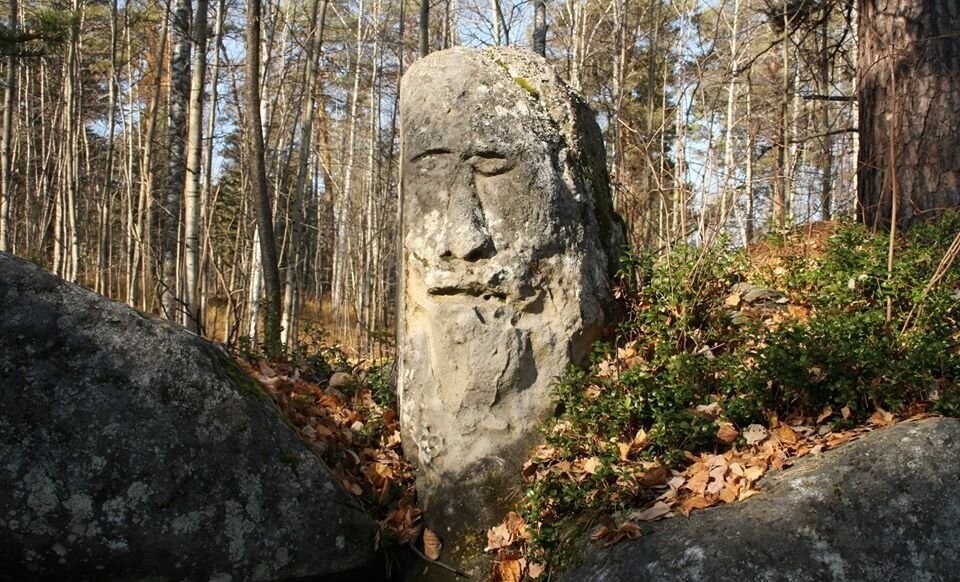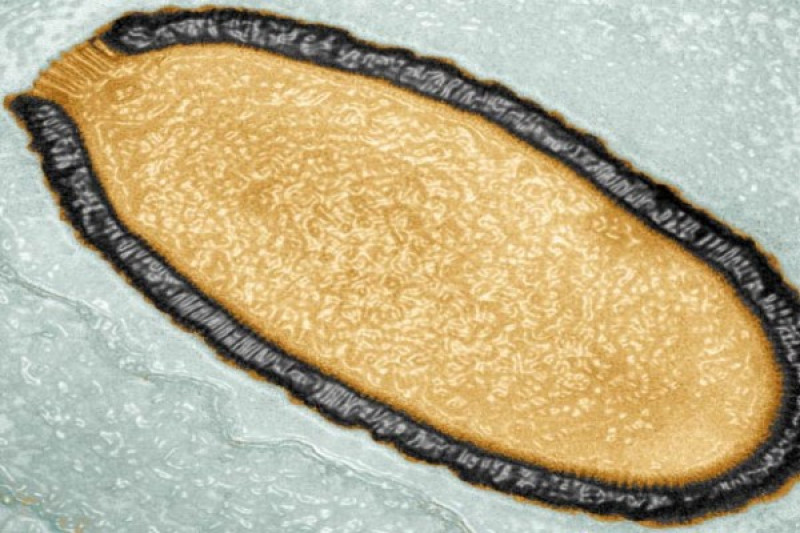In 2000, scientists found a giant ancient virus in the permafrost in Siberia (2 photos)
French biologists from the Mediterranean University were able to extract an ancient virus from a sample of permafrost in Siberia. Found The specimen was about 30,000 years old. The study lasted 14 years and in 2014 year they announced the discovery of a new type of virus, which received the name of the pitovirus. 
What other mysteries does Siberia hold in itself? In the photo - Ust-Taseevsky idol
Its main feature is one of the largest viruses, currently known to mankind. It stretched 1.5 µm in length and 0.5 µm in diameter, making it comparable to a bacterium.
The appearance of the virus is an oval with thick walls and a hole at one end. The structure resembles a honeycomb. 
The virus is harmless to humans and most other animals. It only infects amoebas.
Since then, scientists have conducted a series of experiments, infecting the resurrected amoeba virus. Many amoebas failed to give the pitovirus a decent resistance. They literally burst and died, on average, within 15 hours after infection.
It is important to study and classify such viruses, because over time, a threat to humanity may also arise.
Scientists fear melting glaciers could lead to more and more viruses will appear. And there is nothing incredible about that some of them will hit a person. Potentially in Europe there may be viruses that infected Neanderthals. For example, what some variant of Neanderthal smallpox or a long-extinct plague. They may well be suitable for the descendants of a reasonable person.
“Now there is a non-zero probability that pathogenic microbes that plagued ancient human populations may be resurgent. And then infect us too,” says one of the authors of the study. Jean Michel Claverie.
Moreover, the virus can be dangerous for animals. And then, after a series of mutations, adapt and infect a person.






























